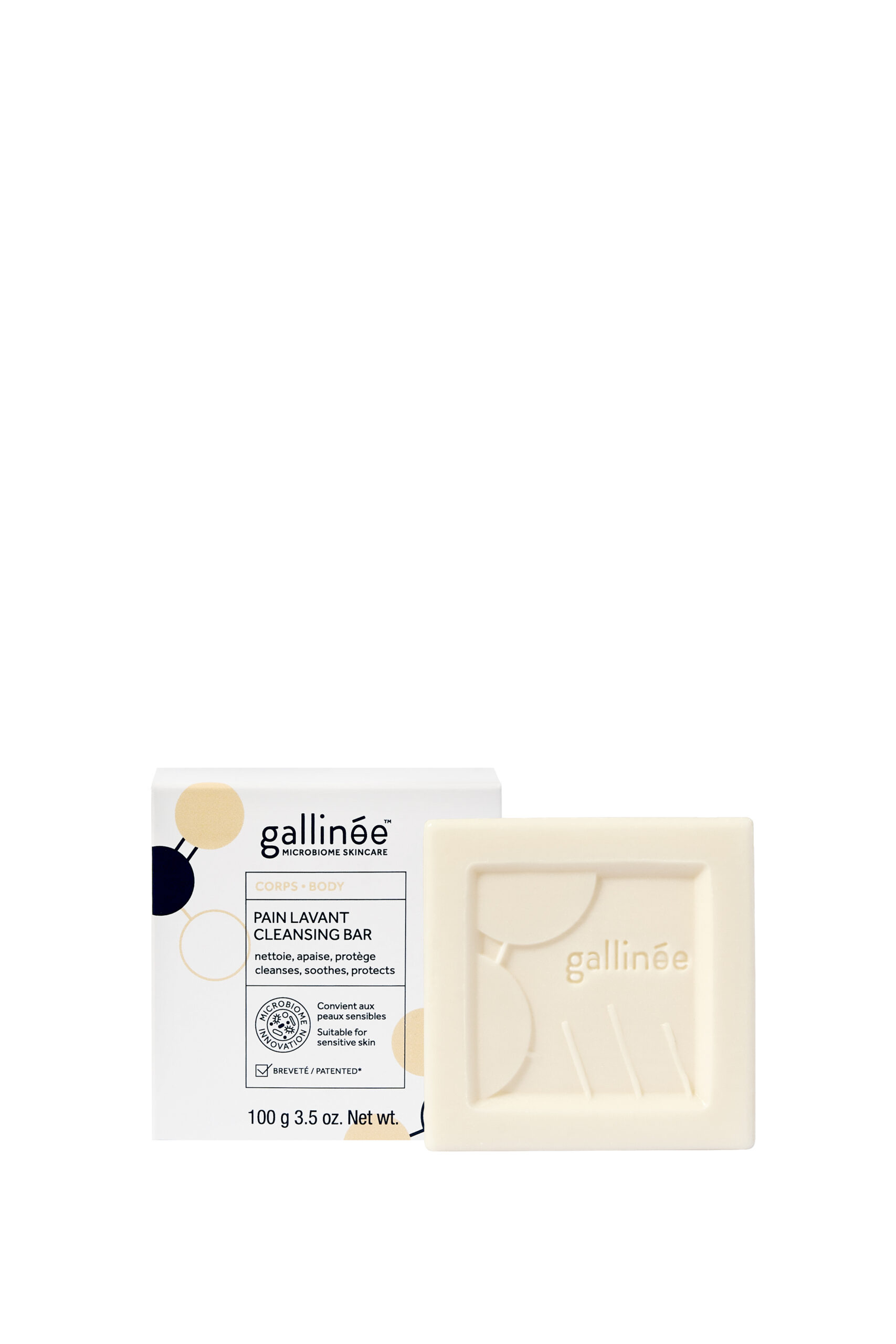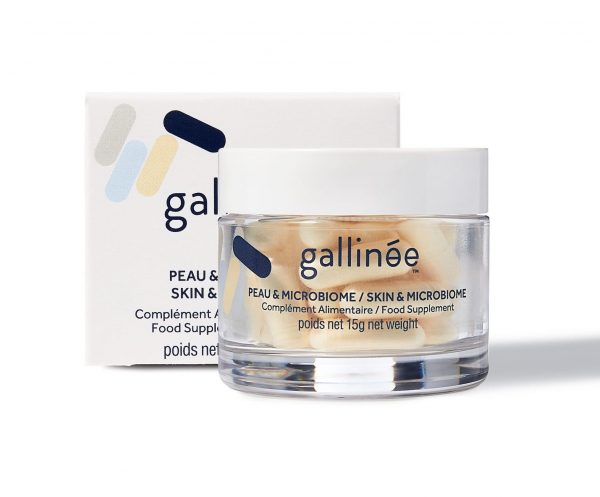Hello,
Let me tell you about the perfect complement to our supplement: Dietary Fibres.
Our skin soothing capsule could only fit half a gram of ingredients, so we crammed as much as possible in it, but it was really not enough.
The WHO (World Health Organization) recommends to eat 30 gr of fibres a day. The Microbiome scientists would like to push it a bit up to 50 gr a day. And the current daily intake in the UK? 14 gr only. Let’s say there is room for improvement.
But the good news is, it’s easy to fix. You can actually fix it every time you have some food!
You can find our ground article on fibres here. Now let’s get a bit into detail: What are the different kinds of dietary fibres, and what do they do to your microbiome? Answers below.
First, there are insoluble fibres. The ones you can find in All Bran, oats, lettuce and…. Paper. The main one is called cellulose.
Some years ago we thought insoluble fibres were not really fun. After all the human body cannot absorb them, the microbiome cannot eat them, so what goes in all goes out (as poo. It’s hard not to talk about poo when you talk about fibres). They are quite important for your digestion: they add bulk (so that you’re not constipated), they attract water (same) and the microbiome use them as housing. They live a happy bacterial life in their little cellulose house, and then it all goes to poo.
Then there is the extremely cool family of resistant starches. I know, coolness is all relative, but let me explain to you why I’m obsessed with them.
Resistant starches are found in green bananas, lentils, cold potatoes and pasta. They are eaten by your gut microbiome that use them to produce short chain fatty acids. And short chain fatty acids are AMAZING. I might have to do an article just about them, that’s how cool they are. If you have to remember one, remember butyrate. It’s currently studied a lot as it shows great potential against diabetes, obesity and even cancer.
Then you have the exciting fibres: the soluble fibres. And why are they so exciting? Because they are PREBIOTIC fibres. It means that your human body cannot do anything with them, but your gut microbes love them. Even better? They can only be eaten by good bacteria, that’s what makes them prebiotic.
The most famous of them is called inulin. It’s the one that you can find in our supplement. Other places to find inulin? Jerusalem artichokes, chicory root, dandelion, garlic…
But they are also other less famous prebiotic fibres that deserve a bit of attention. Especially as they create a gel-like consistency in your gut, slowing down glucose absorption and helping with transit. In this gel prebiotics you find pectins (in apples for example), alginates (from algae) and psyllium (from, guess where, psyllium).
Et voila!
Marie, Gallinée founder






















